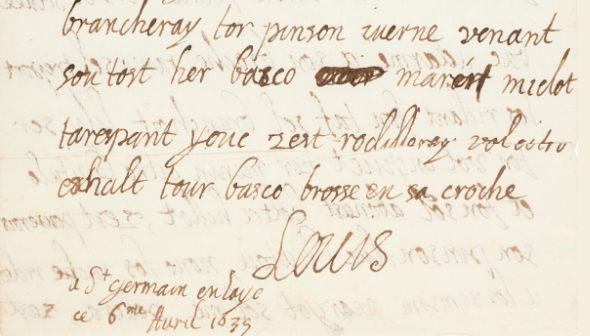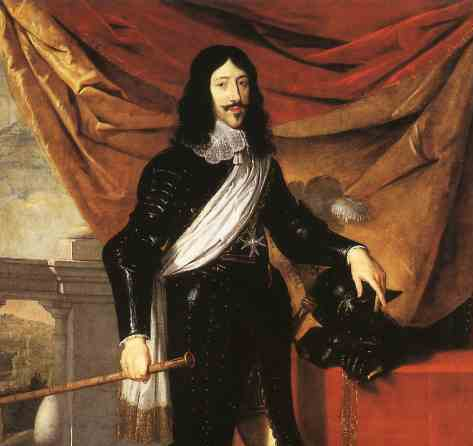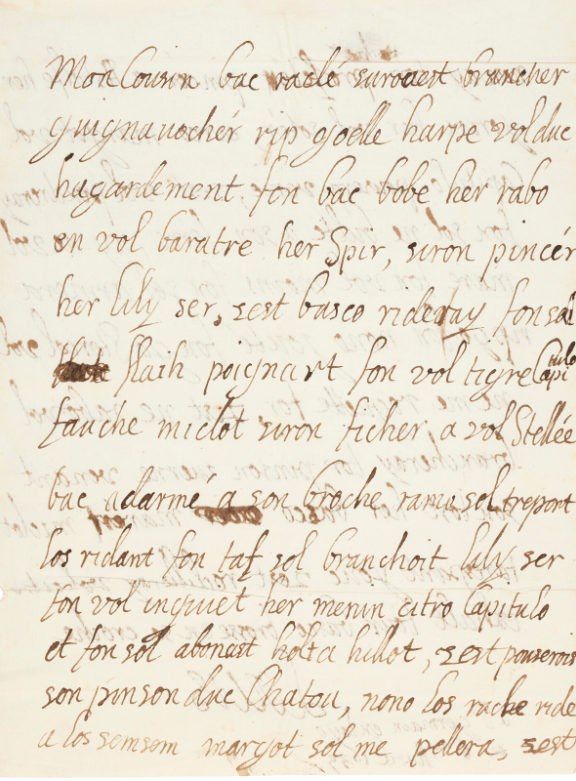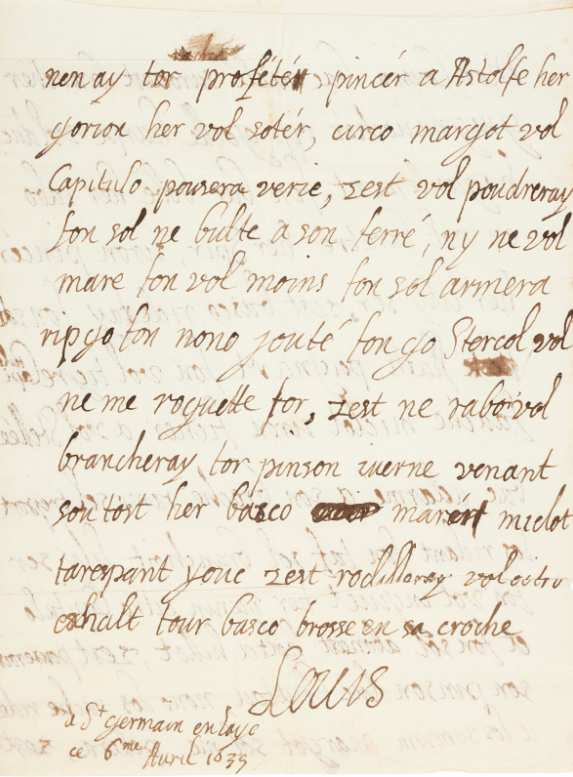Im Jahr 1635 verschickte der französische König Ludwig XIII. einen verschlüsselten Brief an einen unbekannten Empfänger. Die Lösung ist nicht bekannt.
English version (translated with DeepL)
Von David Chelli, einem Autografen-Händler aus Frankreich, habe ich vor drei Jahren schon einmal berichtet. Damals ging es um einen verschlüsselten Brief von dem auch als Sonnenkönig bekannten Ludwig XIV. von Frankreich. Leider konnten meine Leser das Rätsel nicht lösen, auch wenn es zahlreiche interessante Kommentare gab.
Auf Satoshi Tomokiyos Webseite gibt es weitere verschlüsselte Briefe aus der Zeit von Ludwig XIV.
Ludwig XIII.
Nun habe ich erneut eine E-Mail von David Chelli erhalten. Dieses Mal ist er auf einen verschlüsselten Brief gestoßen, den der Vater des Sonnenkönigs, Ludwig XIII. von Frankreich, verfasst hat.
Laut Wikipedia ist das Bild von Ludwig XIII. bis heute stärker durch literarische Fiktion als durch die Geschichtswissenschaft geprägt. Das Bild vom schwächlichen, uninteressierten und naiven Trottel, der das Objekt der Manipulation des genialen und intriganten Ministers Richelieu war, geht insbesondere auf den Roman „Die drei Musketiere“ von Alexandre Dumas zurück.
Der Brief
Der besagte Brief ist auf den 6. April 1635 datiert und besteht aus zwei Seiten:
Der Empfänger des Schreibens ist mir leider nicht bekannt.
Lösungsansätze
Der Brief ist in einer Mischung aus Klartext und Codewörtern verfasst. Der Unterschied ist auf den ersten Blick nicht zu erkennen.
Lösen kann man dieses Kryptogramm vermutlich nur, wenn man den Code bzw. den Nomenklator findet, den Ludwig XIII. damals verwendet hat. Auch hier könnte die Webseite von Satoshi Tomokiyo helfen, auf der es ausführliche Informationen zu Verschlüsselungsverfahren aus der Zeit des besagten Königs gibt.
Kann ein Leser weiterhelfen? David Chelli und ich würden uns freuen.
Follow @KlausSchmeh
Further reading: Ungelöst: Ein verschlüsselter Brief von Karl I. an einen Komplizen
Linkedin: https://www.linkedin.com/groups/13501820
Facebook: https://www.facebook.com/groups/763282653806483/






Kommentare (11)